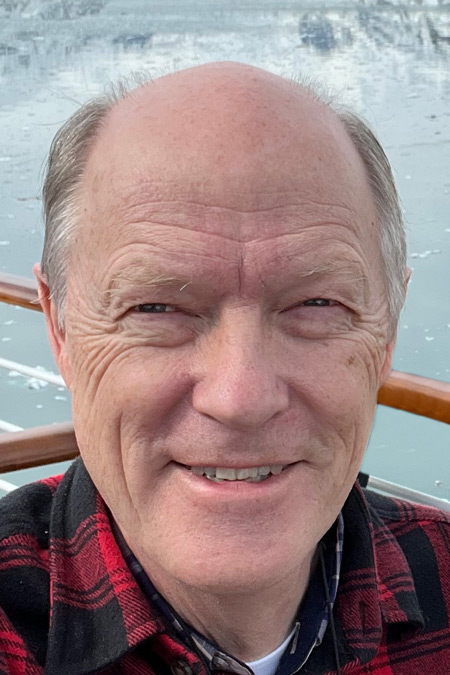| Monthly Tech-Tip | No tracking! No ads! | |
3C White Ball Clay
Description: PR#3 C, High lignite white burning ball clay
| Oxide | Analysis | Formula | Tolerance |
|---|---|---|---|
| CaO | 0.64% | 0.05 | |
| K2O | 1.20% | 0.06 | |
| MgO | 0.58% | 0.06 | |
| Na2O | 0.05% | - | |
| TiO2 | 0.98% | 0.05 | |
| Al2O3 | 23.50% | 1.00 | |
| P2O5 | 0.15% | - | |
| SiO2 | 55.10% | 3.98 | |
| Fe2O3 | 1.20% | 0.03 | |
| MnO | 0.01% | - | |
| LOI | 16.40% | n/a | |
| Oxide Weight | 362.03 | ||
| Formula Weight | 433.06 | ||
Notes
Very white burning, high lignite ball clay mined at Ravenscrag, Sask. 3C contains significant particulate iron and hard mineral impurities that add fired speckle and texture to bodies in which it is used. Plasticity is lower than a typical ball clay.
Related Information
Ravenscrag Saskatchewan clays fired at cone 10R

This picture has its own page with more detail, click here to see it.
Glazeless (top) and with glaze (bottom): A1 (bentonitic), A2 (ball clay), A3 (stoneware), 3B (porcelains), 3C (lignitic ball clay), 3D (silt). The bottom row has also shows soluble salts (SOLU test).
Plainsman 3C Ball Clay fired bars

This picture has its own page with more detail, click here to see it.
Cone 10 reduction (top), cone 11 down to 6 oxidation below. This is their whitest burning clay.
Mel Noble at Plainsman Clay's Ravenscrag, Saskatchewan quarry

This picture has its own page with more detail, click here to see it.
Six different sedimentary clays are extracted from this quarry. It was opened in the 1970s, the best location available at the time. These test bars were made by slaking select lumps from each layer (thus exhibiting their best performance). The left-most dried test bars show the layers (top to bottom). The A1 top layer is the most plastic and has the most iron contamination (it is used in our most speckled reduction firing bodies). A2, the second one down, is a ball clay (similar to commercial products, although darker burning), it is very refractory and the base for Plainsman Fireclay. A3, third from top, is a complete buff high-temperature stoneware (like H550), although sandy and over-mature at cone 10. 3B, third from bottom, is a smooth medium-temperature stoneware; it contains significant natural feldspar (although fired color and particulate contamination are the most variable). The second from the bottom, 3C. fires the whitest and is the most refractory (it is the base for H441G). The bottom one, 3D, the best product in the quarry. Although the least plastic and most silty, it is also very fine particled and the cleanest (consistently free of particulate impurities and sand), it pairs very well with a ball clay to make a cone 6 stoneware.
Links
| Typecodes |
Ball Clay
Ball clays are abundant and very plastic and are used in all types of plastic forming bodies. They are not as white-burning or refractory as kaolins but lower in iron and fluxes than bentonites. |
| By Tony Hansen Follow me on        |  |
Got a Question?
Buy me a coffee and we can talk

https://digitalfire.com, All Rights Reserved
Privacy Policy
